LG G1 vs Sony A90J: which is the best OLED TV?
The best and brightest 2021 flagship OLEDs duke it out
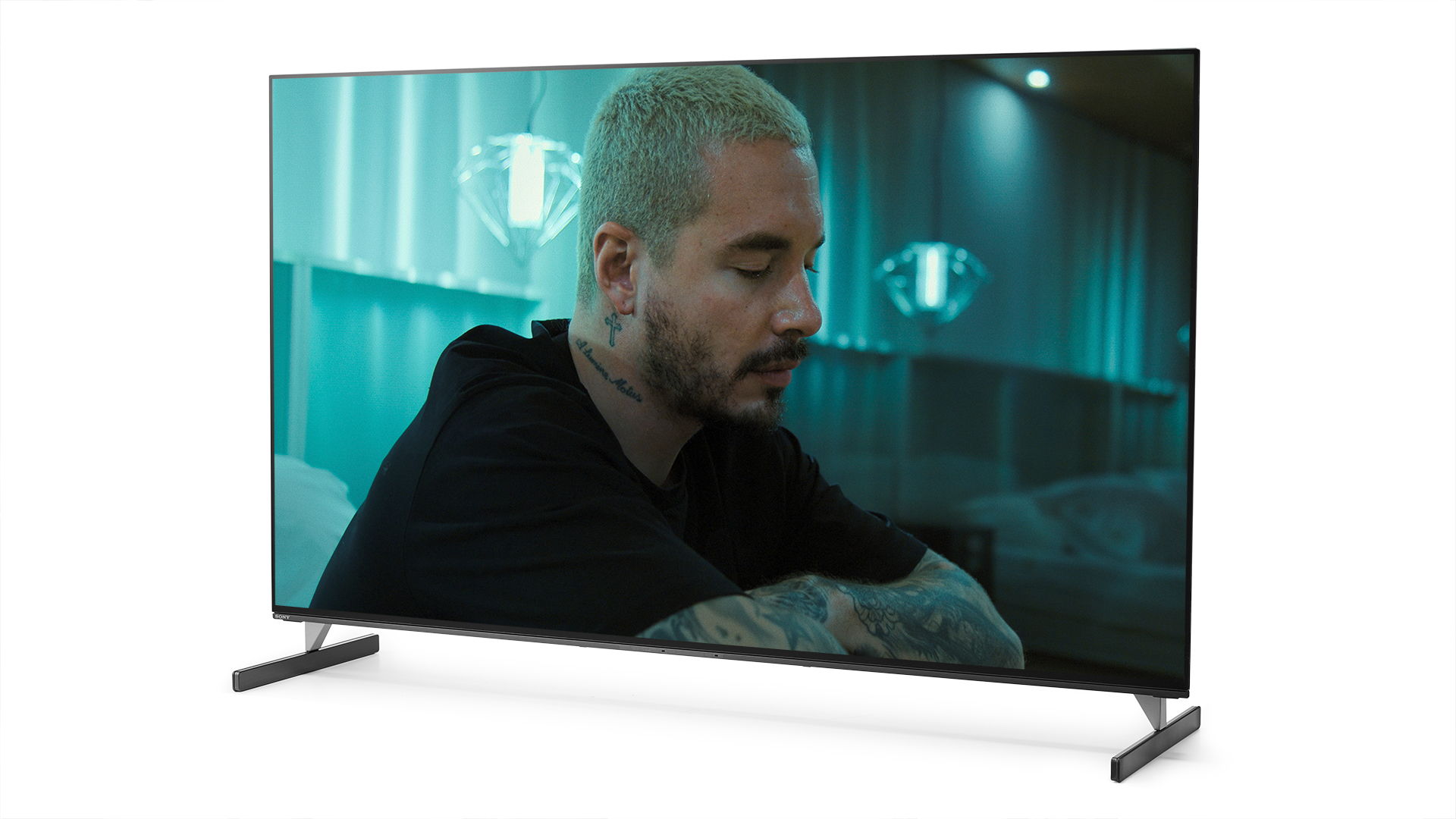
When it comes to making the best OLED TVs, LG and Sony are at the top of the pack. Their models are big, bright and beautiful, and typically offer stacked feature sets alongside cutting-edge technological innovations. There's a reason both brands regularly walk away with What Hi-Fi? Awards in the high-end TV categories.
In 2021, the battle between the two is closer than ever, with both brands having recently released next-gen flagship models that are brighter and punchier than any OLEDs before them. They're more stylish and feature-packed than ever, too.
So which should you opt for – the LG C1 or the Sony A90J? There's only one way to find out: let the battle of the 2021 flagship OLEDs commence!
LG G1 vs Sony A90J: price
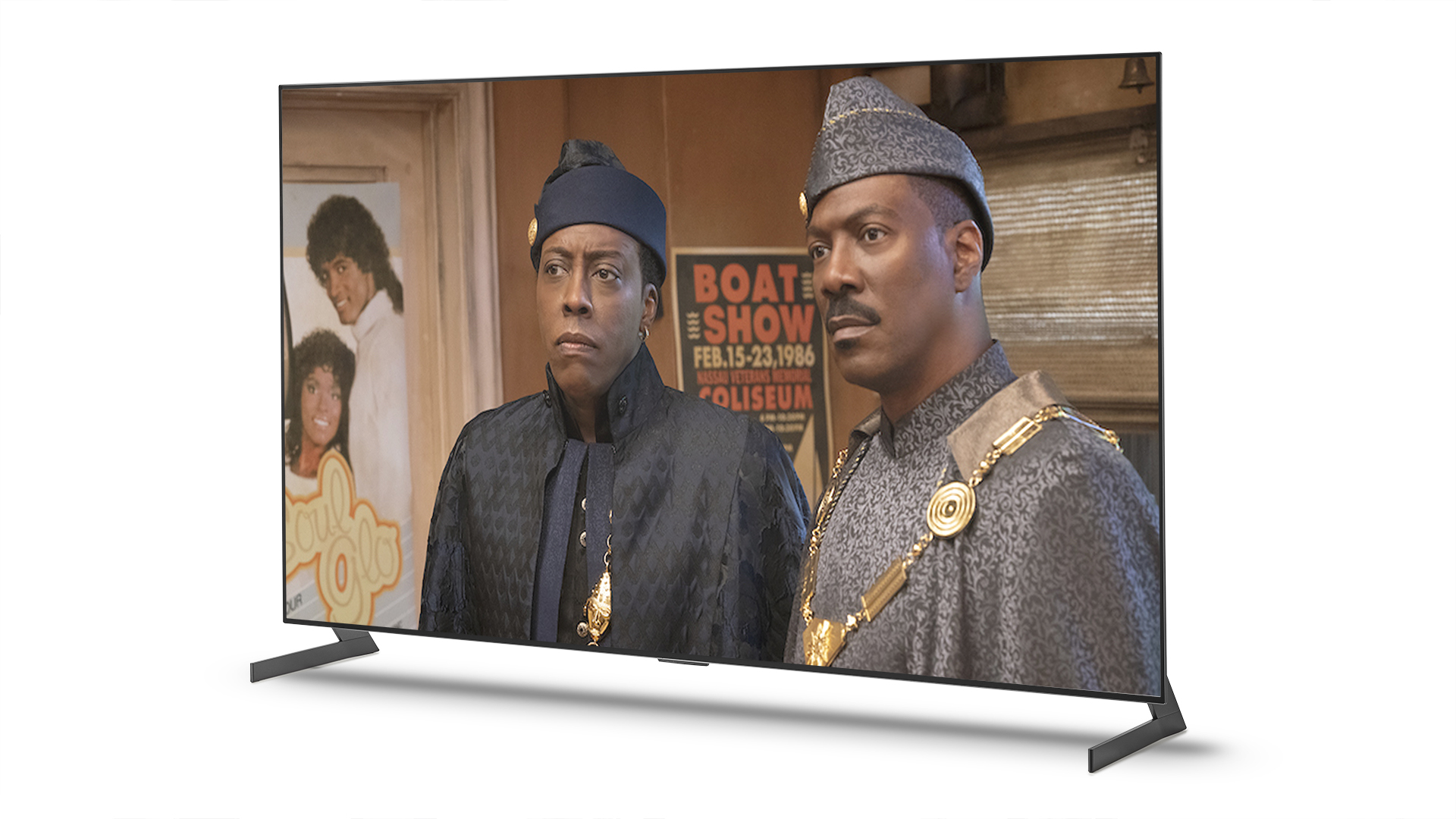
Prices vary for both models depending on what size you opt for. The 65-inch version of the A90J (called the Sony XR-65A90J) is priced at £3499 ($3800, AU$4995), while the 55-incher (XR-55A90J) will set you back £2699 ($2800, not available in Australia). Those looking for a super-sized set can opt for the 83-inch model (XR-83A90J) for £6999 ($8000, AU$9995).
That makes the Sony a fair bit more expensive than the equivalent sizes of G1: the 65-inch G1 (the OLED65G1 Evo) is priced at £2999 ($2999, AU$5299), while the 55-incher (LG OLED55G1 Evo) is £1999 ($2199, AU$3799). The Sony is pricier than the 77-inch G1 too (LG OLED77G1 Evo), which is £4799 ($4499, AU$7995), though we would expect that, because of the smaller size.
Prices have remained more or less constant since launch (although there is currently a 10% discount available on LG's 2021 OLEDs in the UK), but both models will of course receive discounts in the future. If previous years are anything to go by, the LG G1 will actually probably end up more discounted than the Sony A90J, potentially making the gap between the two even larger, but time will tell. Keep a lookout during big sales events such Black Friday and Cyber Monday. You never know your luck...
Before we go on, a word on LG model names, which vary slightly depending on which region you're in. In the UK, the 65-inch model is called the OLED65G16LA, while in the US it's the OLED65G1PUA, for example – but the TV itself is the same. There are even multiple variants in single countries, but these should differ only in terms of the finish and which retailer is selling them. In other words, don't pay too much attention to any letters or digits that come after the 'G1' in the model designation.
**Winner** LG G1
Even if you factor in the extra cost of feet or a stand (assuming you're not wall-mounting), the G1 is significantly less expensive than the A90J
LG G1 vs Sony A90J: design and build
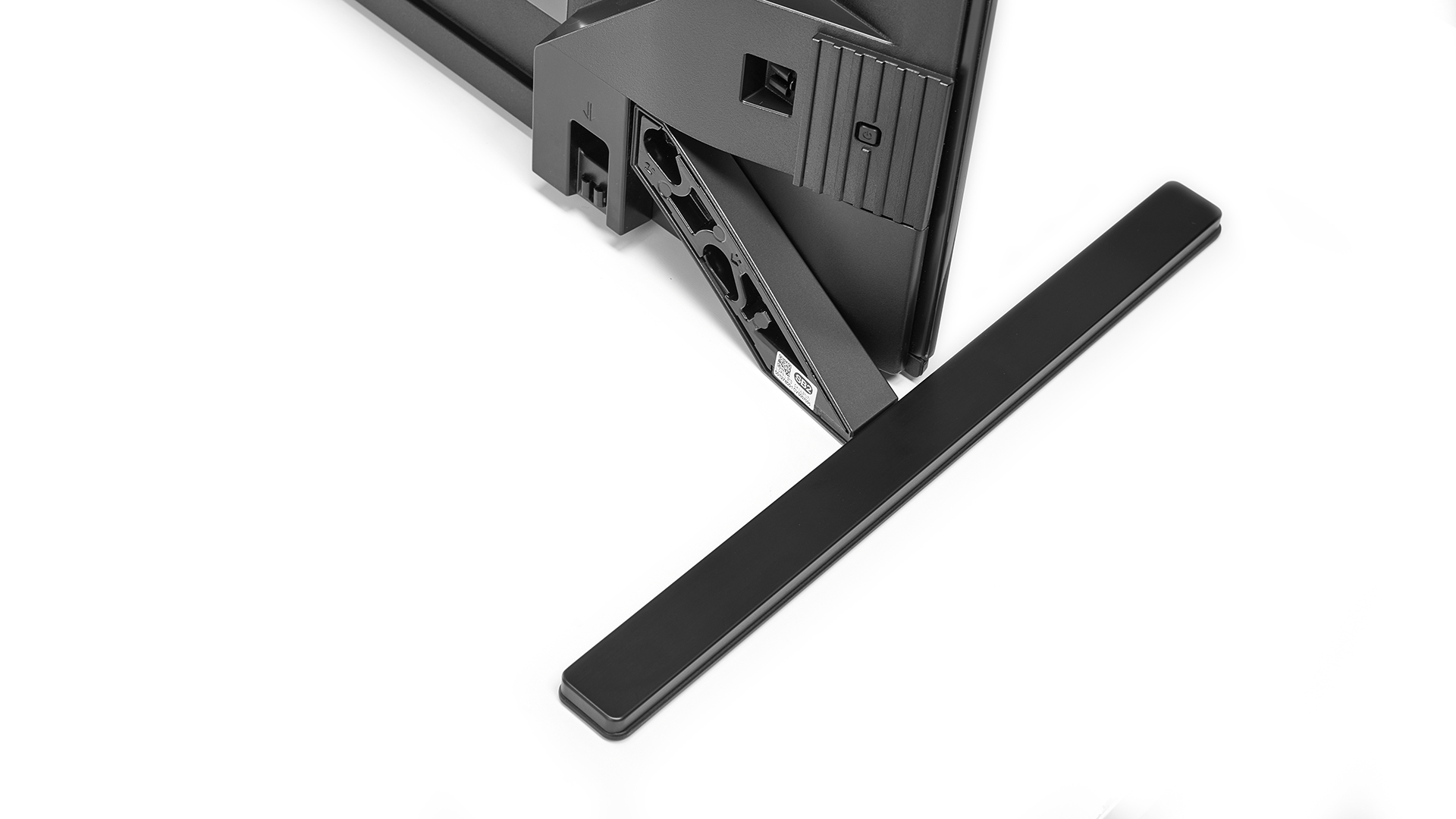
Both TVs have slightly unusual designs.
The 'G' in G1 stands for 'Gallery', and reflects the set's picture frame-esque design. While most OLED TVs have a slim panel section and a fatter area housing the electronics, speakers and connections, LG’s G1 models have a uniform thickness of just 2cm (0.9 inches) and flat back. The idea is to wall mount it – LG bundles a flush wall mount in the box, and if you want feet you'll have to shell out extra.
When wall mounted, it is quite a looker – the perfectly black OLED panel surrounded by a thin black bezel and then an even thinner metal frame has a delightful sense of minimalism about it. There’s a small, black bit of undercarriage that houses sensors and the like, but the set is otherwise unadorned – there’s not even an LG logo to blemish its face.
It comes with a new LG Magic Remote too. Improvements? It's slightly thinner, feels better in the hand, and its buttons feel nicer and are better spaced, with more shortcut buttons.
The Sony A90J is also a pretty minimalist affair, but not to quite the same degree. It has the standard thin, black, flush bezels of most modern OLED TVs, but unlike the G1, the A90J does have a brand logo, but it’s positioned discreetly on the bottom-left. Shouty it's not.
While the A90J can of course be wall-mounted, it also comes with feet. They're rather interesting feet, too, in that when positioned as intended they actually protrude beyond the right and left edges of the TV and barely raise the set off the furniture on which it's placed. It makes for a sleek, low-profile look, although it does make the set very wide – 128cm (51 inches) in the case of the 55-inch model.
If that's too wide and/or too low for you, the feet can be switched to the so-called 'soundbar' position, which creates a gap between the bottom of the TV and the top of the furniture that's ideal for – you guessed it – a soundbar. It's worth noting, though, that the TV's footprint in this position is still wider than most, at 115cm (45 inches) for the 55-inch model.
Rather than being uniform, the A90J's thickness varies from 6mm (0.2 inches) at the panel section to 4.1cm (1.6 inches) at its component enclosure. Which makes it less spectacularly slim than its LG rival. That said, for our money, the Sony is the overall more stylish set.
The Sony's remote is slightly less ergonomic than its LG counterpart and it lacks the motion sensitive pointer functionality, but it is smart and stylish and has an excellent backlight that makes individual buttons easy to find in the dark.
**Winner** draw
If you're wall-mounting, the G1's super-slim design and flush mount will appeal, but the Sony is the more stylish set and it comes bundled with feet
LG G1 vs Sony A90J: features
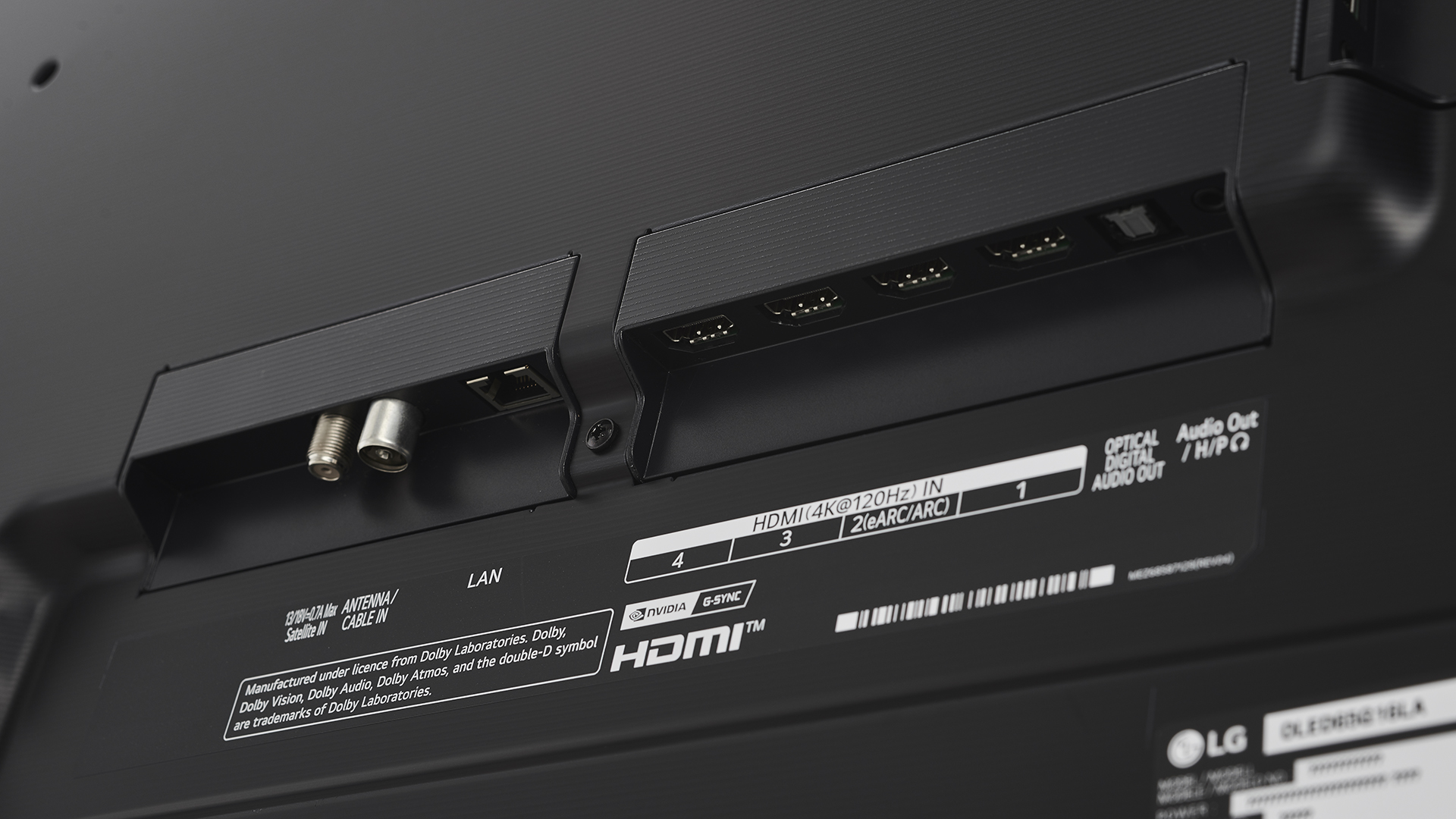
You would expect a high-end OLED TV to come with all the usual apps, but that's not always guaranteed. LG didn't sign a deal with Freeview Play last year, meaning its TVs lacked standard UK catch-up apps such as BBC iPlayer. Thankfully, LG has righted that wrong for its 2021 TVs, only for Sony to fall at the same hurdle: at launch, the A90J lacks BBC iPlayer, ITV Hub and All 4. Sony says it’s working to solve the situation, but in the meantime you'll need to use the TV's Chromecast functionality to send content to the TV from the respective apps on your phone.
Otherwise, the two TVs offer much the same app offering, which is very substantial indeed and includes big hitters such as Netflix, Amazon Prime Video, Disney+ and Apple TV.
The G1 runs LG's webOS 6.0 operating system, which has a new Home menu that puts the content front and centre, though Netflix shows are conspicuous by their absence. But the OS now has a more logical layout and more muted colour palette than before, along with plenty of opportunities to tweak performance, should you so wish.
Sony's A90J runs Google TV, which is much better than the Android TV found on previous Sonys. As with the LG, it puts personal recommendations front and centre but, also like the LG, its aggregator is lacking titles from Netflix.
Sony has one app-related advantage over its LG rival (and all non-Sony TVs for that matter) in the form of the exclusive Bravia Core streaming service, which delivers blockbuster films in higher bitrates than any other streaming service. You get a number of free films from the service with your purchase of the TV and quality is excellent, particularly if you've got an extremely fast internet connection that's capable of taking advantage of the very highest bitrates that the service offers.
It's honours even in terms of HDR, with both sets supporting HDR10, HLG and Dolby Vision, but not HDR10+. The LG G1 also features Dolby Vision IQ, which works in conjunction with a sensor to deliver the ideal Dolby Vision picture regardless of ambient lighting. On the other hand, the Sony A90J supports IMAX Enhanced, which isn't strictly an HDR format but instead a certification intended to guarantee IMAX-style quality in both picture and sound. There's not a lot of IMAX Enhanced content around, but it does feature quite prominently on Bravia Core.
On the subject of light, the big draw of both the LG G1 and Sony A90J over their predecessors and siblings is that they use next-gen OLED technology that promises higher peak brightness and therefore punchier imagery, particularly with HDR content.
LG refers to its new technology as OLED Evo, which utilises updated panel construction and a new luminous element, as well as new processing. The Sony A90J obviously has different processing, but it's said to use the same panel as the G1 (LG supplies all of the OLED panels to all manufacturers but most TVs are still using the 'standard' panel, including all of LG's models except the G1). The A90J also boasts a unique aluminium panel that essentially acts as a heatsink and allows for even greater brightness. The proof of which implementation is best will of course be in the picture quality.
In terms of HDMI specs, the LG has the edge. It boasts four 40gbps HDMI 2.1 sockets with support for eARC, 4K@120hz, ALLM (Auto Low Latency Mode) and VRR (Variable Refresh Rate). There's also a dedicated Game Optimiser menu. That compares to two HDMI 2.1s on the Sony, one of which also handles eARC/ARC, potentially limiting you to connecting just one HDMI 2.1 source if you need to use the other for your sound system. VRR is missing at this stage, too. Sony says this will be added via a future firmware update, but its track record with updates such as this isn’t great.
Sony A90J has some other HDMI-related foibles, too. While its 4K@120Hz feature works fine with a PS5, it causes problems with an Xbox Series X if Dolby Atmos sound is also enabled. It also appears to disable ALLM, even though this works fine when 60Hz is selected.
Also, when 4K@120Hz is enabled on the A90J, Dolby Vision is disabled, so it won't support Dolby Vision gaming when it arrives and you won’t get Dolby Vision from the Xbox Series X’s built-in apps unless you first switch the TV from its ‘Enhanced Format’ mode (which enables 4K@120Hz) to its ‘Enhanced Format (Dolby Vision)’ mode. You then have to switch back if you want to play a game in 4K@120Hz. G1 owners don’t have to jump through any of these hoops, and a recent software update has even added full support for Dolby Vision gaming at 4K/120.
**Winner** LG G1
With its flawless HDMI feature set, full set of catch-up apps and Dolby Vision IQ support, this is an easy win for LG
LG G1 vs Sony A90J: picture
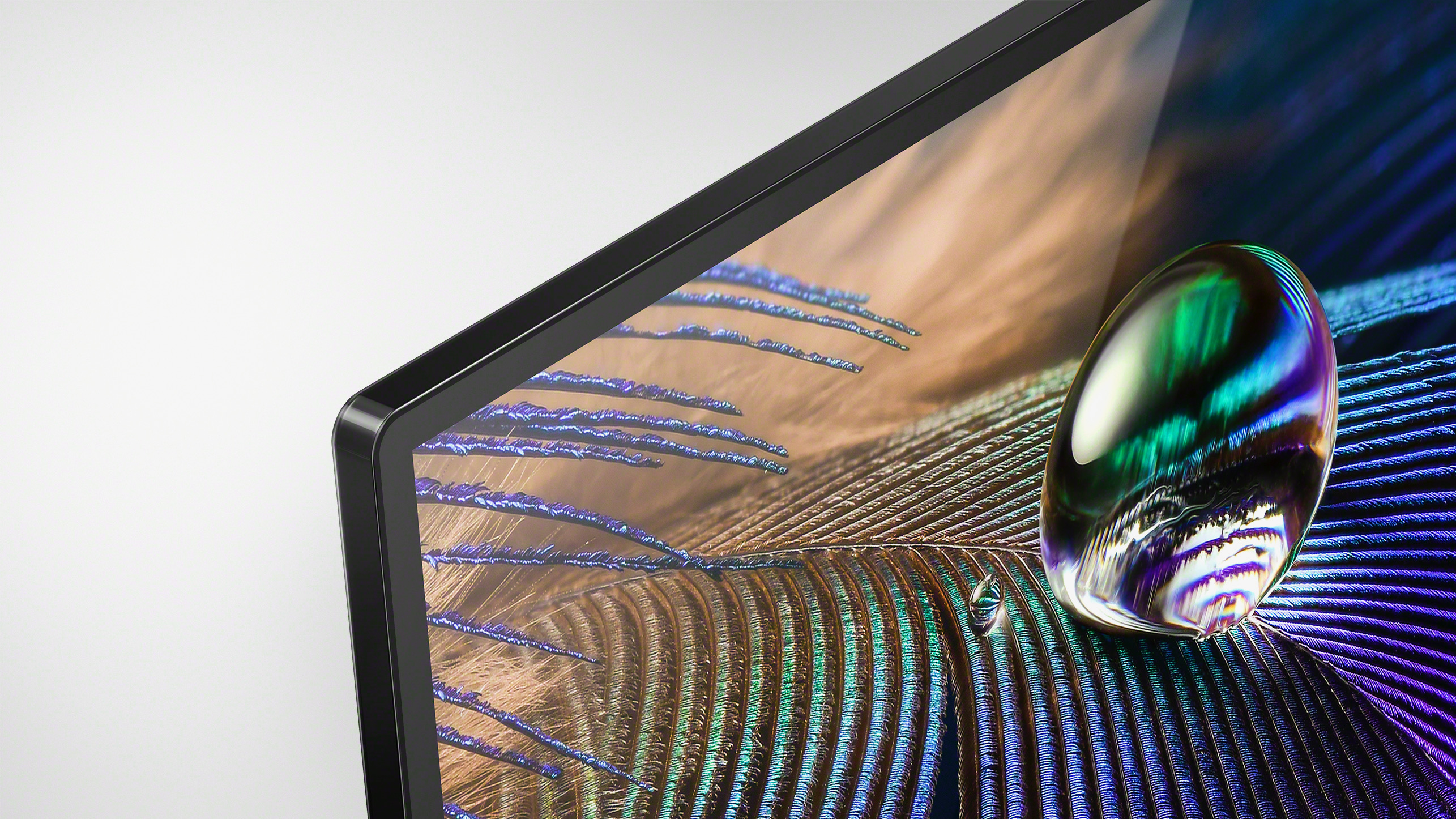
OLED Evo is brilliant. Watch Star Wars: Rogue One in Dolby Vision and the G1 is noticeably more detailed, brighter and punchier than every OLED before it. Improved de-contouring does a fine job, too, as there’s more smoothness and subtlety to the shading of whites, blacks and colours. The picture is remarkably clean and controlled as well as being beautifully crisp and impactful. In other words, it’s all gain with no pain.
The good news continues with a 4K HDR10 Blu-ray – an improved dynamic tone mapping algorithm delivers its promised contrast enhancement, making for a more dynamic and exciting image. There’s also a subtle extra layer of depth and lusciousness to colours.
While LG's underlying motion processing technology hasn't dramatically improved this year, a new mode, called Cinematic Movement, has been introduced. This is designed to specifically smooth the motion of 24fps (i.e. most movie) sources without adding artefacts or imperfections. It's generally very good, but there's still some jiggle to very tricky action.
That's not the case with the Sony. No matter what you feed the A90J, its motion processor maintains a vice-like grip on proceedings without adding artificiality. Movement is smooth and sharp, but also authentic and jiggle-free. This is a significant string to Sony's bow.
And that's not all. Comparing the delivery of Rogue One across the two sets, the Sony’s image is considerably sharper and more detailed, making the image deeper and more impactful. Whites are crisper and purer, too, and bright highlights are more pronounced and more detailed. At the other end of the contrast spectrum, the A90J digs up absolutely loads of dark detail.
The Sony delivers spectacle in spades, but it's also the more subtle and nuanced performer in terms of colours and shading, delivering an even greater sense of authenticity.
The two sets are close when it comes to non-HDR, non-4K content, with both having superb upscalers that produce very sharp and detailed images from 1080p sources, and remain very clean and watchable with even SDR material. The Sony has a slight edge here thanks to a smidge of extra punch, but it's a close-run thing.
**Winner** Sony A90J
Both TVs are stunning picture performers, but the Sony takes the round thanks to its extra sharpness and punch, and its better motion processing
LG G1 vs Sony A90J: sound quality
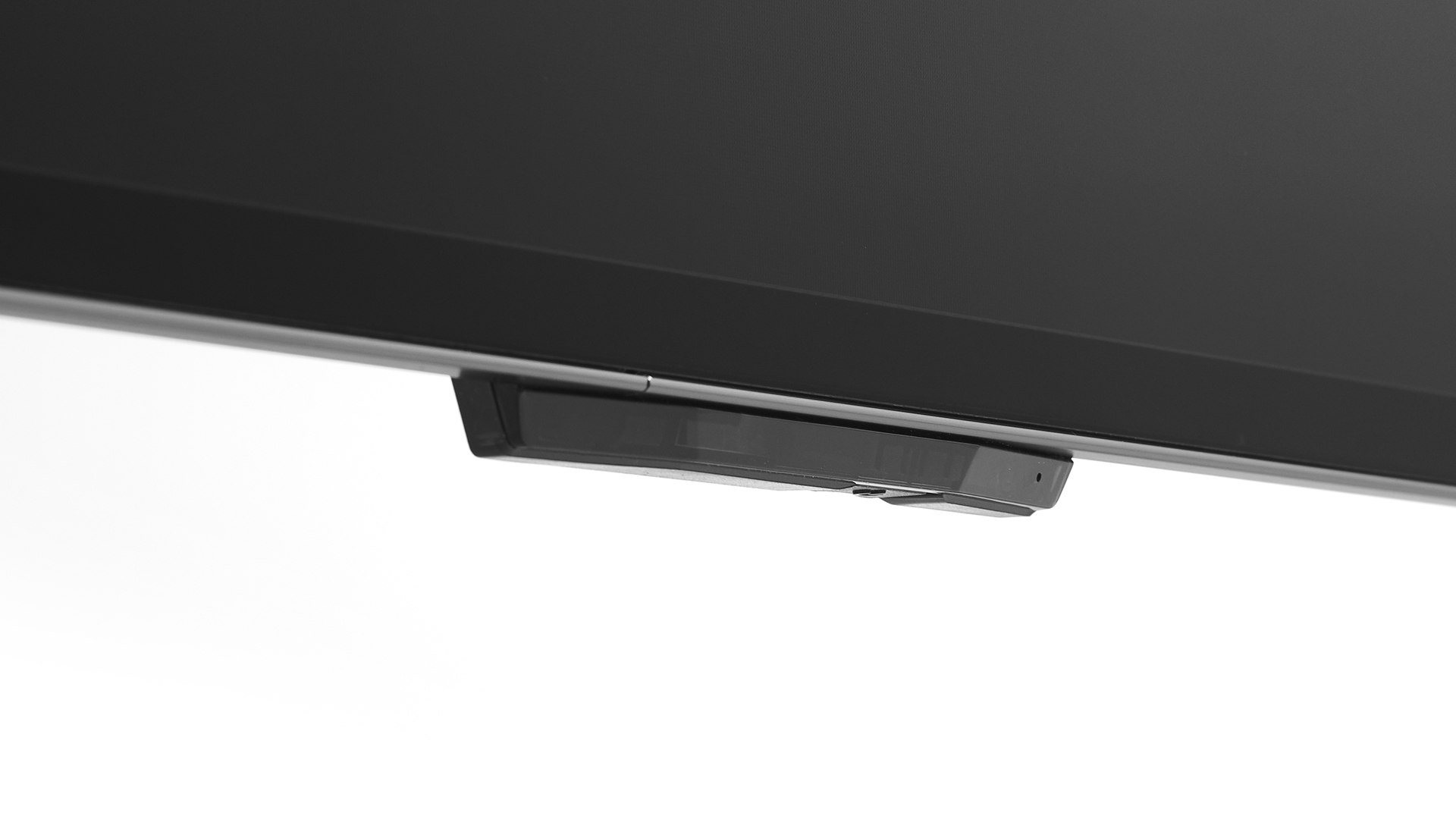
A TV's audio is often overlooked, but if you're not adding external speakers, you'll want your set to sound as good as it looks.
The G1 is a bit of a mixed bag. Sure, the sound is clear and direct, and the Dolby Atmos virtualisation delivers very good width and height. It's balanced and consistent too, and handles the low-end with aplomb. But it also sounds a bit boring. The Dolby Atmos mode is very quiet compared to standard stereo, but the TV also lacks drive and dynamics, regardless of which sound mode you’re in. It’s a delivery that’s quite badly lacking excitement.
Sony's Acoustic Surface Audio+ technology uses actuator to vibrate the whole screen, creating sound from the display itself. The A90J has two woofers for added bass weight and depth, too. You can even use the TV as the centre speaker in a surround system, thanks to the speaker terminals on the rear.
The Sony A90J is a cut above. It has a directness, rhythm, tonal balance and scale that few, if any, can match. Soundtracks sound open and spacious, with a pleasing flow. You should still partner it with a suitably premium soundbar or – even better – a full surround sound system if you're able, but if your budget is spent after shelling out for the set, you'll still be left with very decent audio performer.
**Winner** Sony A90J
The A90J's actuator-based sound system is a force to be reckoned with, and one that the G1 can't match
LG G1 vs Sony A90J: verdict
This really is a versus of two halves. In terms of app selection and frictionless gaming, it's all LG, but when it comes to pure AV performance, the Sony comes up trumps.
Of course, once price comes into things (as it always does and should), the decision becomes a harder one to make but, ultimately, the Sony A90J is so good that we would recommend stretching to it if you're able.
That said, if you're a hardcore gamer or the picture-frame design of the LG hugely appeals, the G1 is a superb TV that will make you happy for many years to come.
**Overall winner** Sony A90J
MORE:
Save big with this week's best 4K TV deals
Our pick of the best OLED TVs
Find out which 2021 LG TV should you buy?
Get the What Hi-Fi? Newsletter
The latest hi-fi, home cinema and tech news, reviews, buying advice and deals, direct to your inbox.
What Hi-Fi?, founded in 1976, is the world's leading independent guide to buying and owning hi-fi and home entertainment products. Our comprehensive tests help you buy the very best for your money, with our advice sections giving you step-by-step information on how to get even more from your music and movies. Everything is tested by our dedicated team of in-house reviewers in our custom-built test rooms in London, Reading and Bath. Our coveted five-star rating and Awards are recognised all over the world as the ultimate seal of approval, so you can buy with absolute confidence.
-
mrpickem I do appreciate your writeup, very well done.Reply
Prices are substantially better for the Sony now. I'm looking at the 83" and it's $4100 on Amazon right now while the G2 is 5600, Both prices are plus tax,
However, you can shop around most notably Greentoe and they are offering the 83" A90J for $4100 including tax and delivery. The G2 is $4600 from them also out the door. I really like the Sony, but I hate paying so much and getting tech that's over a year old, When I look at the rtings review they favor the G2 barely but also show the G2 better in almost all meaningful measurements. It's a tough decision for me as I've always loved Sony. Currently, I have a 77C8 that's been a great TV but could stand to be a little brighter and motion is not what newer models are.
3961

